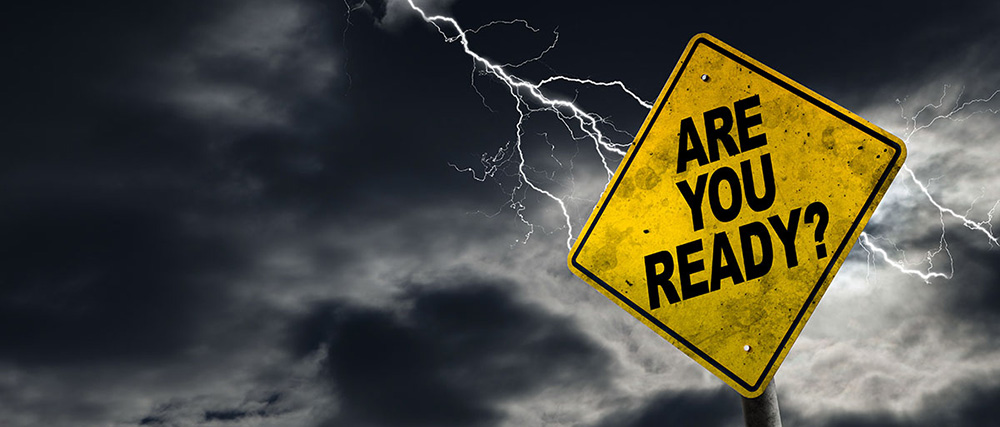
Aug 5, 2020
If the COVID-19 pandemic has taught us anything, it’s that disaster and business disruption can’t be predicted. Cyberattacks might be the most prevalent risk to your company’s operations, but disruption can come in many different forms—and businesses should be prepared for any situation.
A business continuity plan is a blueprint for keeping your business processes operating when emergency situations arise. When disruption occurs, essential functions are impacted and it’s too late to implement a strategic response. Businesses that are willing to invest time into creating a business continuity strategy are often the most resilient in the face of future challenges.
If your organization doesn’t currently have business continuity procedures in place, here’s how to start the process.
Different disaster scenarios have different risks and consequences and thus need different priorities. For example, a power outage in a retail shop will disrupt sales if the electronics are not quickly made operational again. An incoming hurricane (or other natural disaster) will also disrupt the electronics, but the main objective in this situation would be finding an alternate location for valuable inventory and ensuring its security. One immediate concern all companies share is potential threats to their business information. Employee records, customer data, and credit card information can be severely damaging to a business if compromised without a disaster recovery plan. 93% of businesses fail after suffering a major data loss if no backup solution is in place. To avoid becoming part of this statistic, learn more about backup and disaster recovery solutions for SMBs from our experts.
Determine a response plan (with short and long-term goals) The right technology can help businesses reduce the amount of damage and interruptions when disaster strikes. Teams can work remotely via the Cloud if the main location is damaged, data can be restored with backup and recovery tools, and equipment and systems can be automatically stopped with safety features if there is a malfunction or suspected risks. Employers should research short-term techniques like these, as well as long-term recovery plans on how to eventually return to full business function. Research long-term solutions ahead of time such as temporary office locations, manual workarounds, and alternative suppliers to better prepare your business for emergencies.
Your business continuity plan needs to be clear to all employees in your organization. Not only does this transparency give employees peace of mind should a disaster happen, but also lets teams know what is expected of them. Outlining the recovery strategy to your company team also gives them the chance to provide feedback on aspects you may have missed. You should also have a communications plan with Public Relations messaging ready for the media and your clients, outlining recovery efforts and a timeframe of when they can expect business operations to return to normal.
It can be frustrating paying for something that you cannot see the direct benefits of immediately, but even worse is knowing you could have mitigated a disaster had you taken action sooner. This is why we recommend implementing any business continuity management tools as soon as possible because you never know when an emergency situation will occur. Integrating these upgraded procedures sooner rather than later also gives you the chance to test the new equipment and applications and determine whether everything works the way you want it to. Simulate a disaster (telling your employees beforehand) to gauge potential impact and assess your organization's emergency response. Document along the way how long it takes for certain steps of the disaster recovery plan to be completed and what techniques could be improved upon.
To deter the panic that typically accompanies disasters, be sure to have a business continuity planning checklist so you will not forget or miss anything as you work towards normalcy. We have developed a general business checklist that covers the basics in any emergency and can be expanded on for more specific scenarios. Be sure to download your free checklist today!